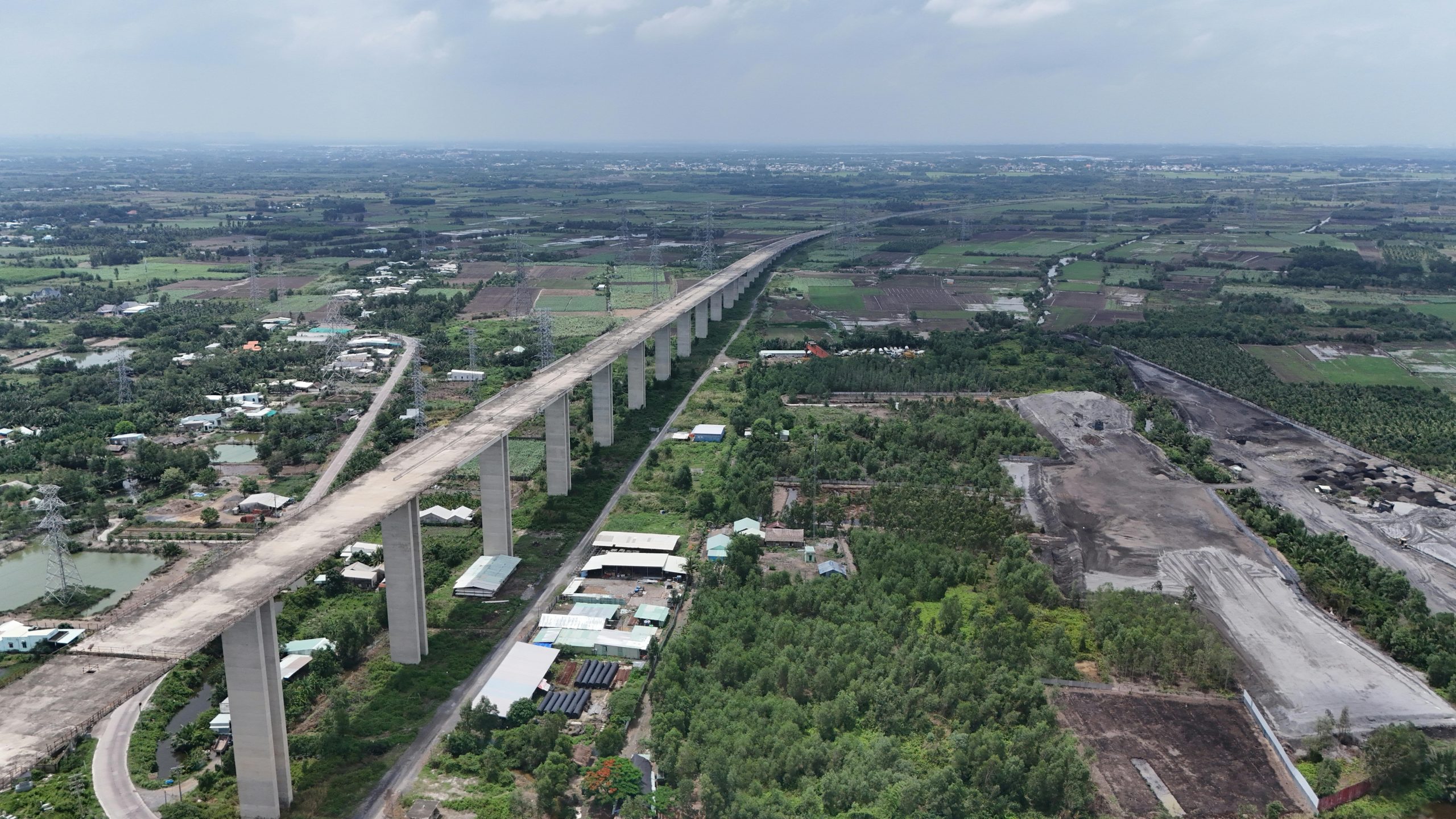Leveraging LLMs for Mission Planning in Precision Agriculture
Harnessing Large Language Models for Enhanced Mission Planning in Precision Agriculture
In the evolving realm of agriculture, the integration of artificial intelligence (AI) is paving the way for innovative solutions. Today, we delve into a remarkable research paper titled “Leveraging LLMs for Mission Planning in Precision Agriculture” by Marcos Abel Zuzuárregui and Stefano Carpin. This study introduces an advanced end-to-end system that empowers autonomous agricultural robots to perform intricate data collection tasks using natural language directives, leveraging the capabilities of large language models (LLMs) such as ChatGPT.
Simplifying User Interaction with Natural Language
One of the standout features of this research is the ease with which users can engage with robotic systems. The researchers illustrate that individuals without a technical background can control these autonomous machines through straightforward natural language commands. This democratization of technology simplifies mission planning in an industry where specialized knowledge has traditionally been a prerequisite.
Standardization and Increased Interoperability
The mission plans developed in this system adhere to the IEEE task specification standard, leading to significant benefits in reusability and interoperability of robotic operations. This modular approach facilitates smoother integration with existing robotic frameworks, promoting a more cohesive technological ecosystem in agriculture.
Identifying the Limitations of LLMs
While LLMs show great potential in generating mission plans, the study identifies key areas where they may falter, particularly in tasks requiring spatial reasoning and optimization in variable environments like orchards. The authors emphasize the importance of incorporating human-designed elements to tackle specific and complex problem-solving challenges effectively.
Real-World Applications and Adaptability
Through field experiments, the proposed system has been validated, demonstrating its capability to adapt to unforeseen conditions while optimizing resources—an essential component for successful agricultural operations. This adaptability is crucial for meeting the dynamic challenges faced in the field.
Future Prospects and Advancements
The researchers conclude their paper by envisioning the future of this architectural framework. They suggest potential enhancements, including the possibility of coordinating multiple robots and integrating fixed sensor networks to further refine mission planning and execution capabilities.
For a comprehensive overview of this innovative approach to precision agriculture, be sure to explore the detailed breakdown of the research here.
To read the original research paper, click here.














Post Comment